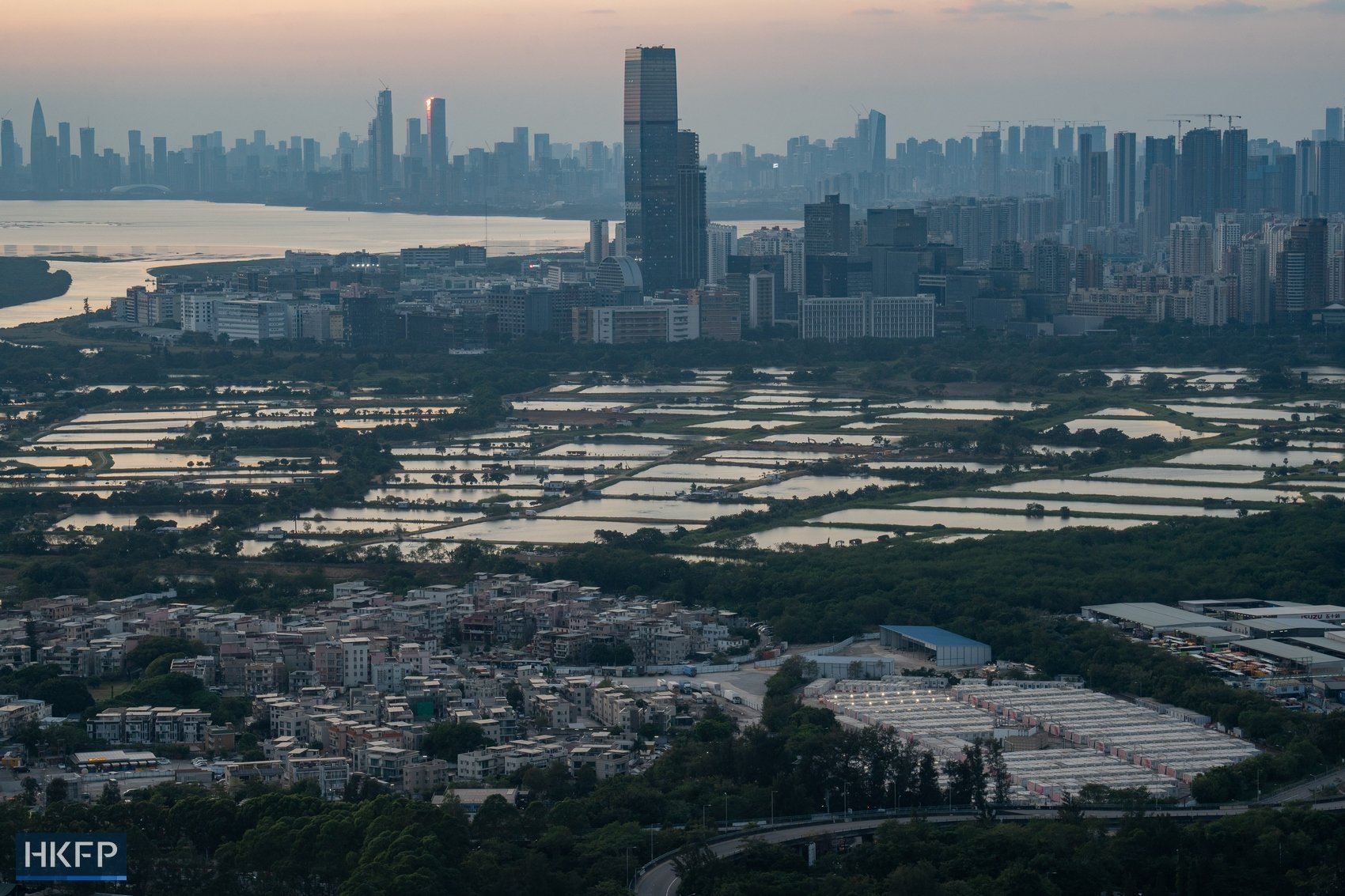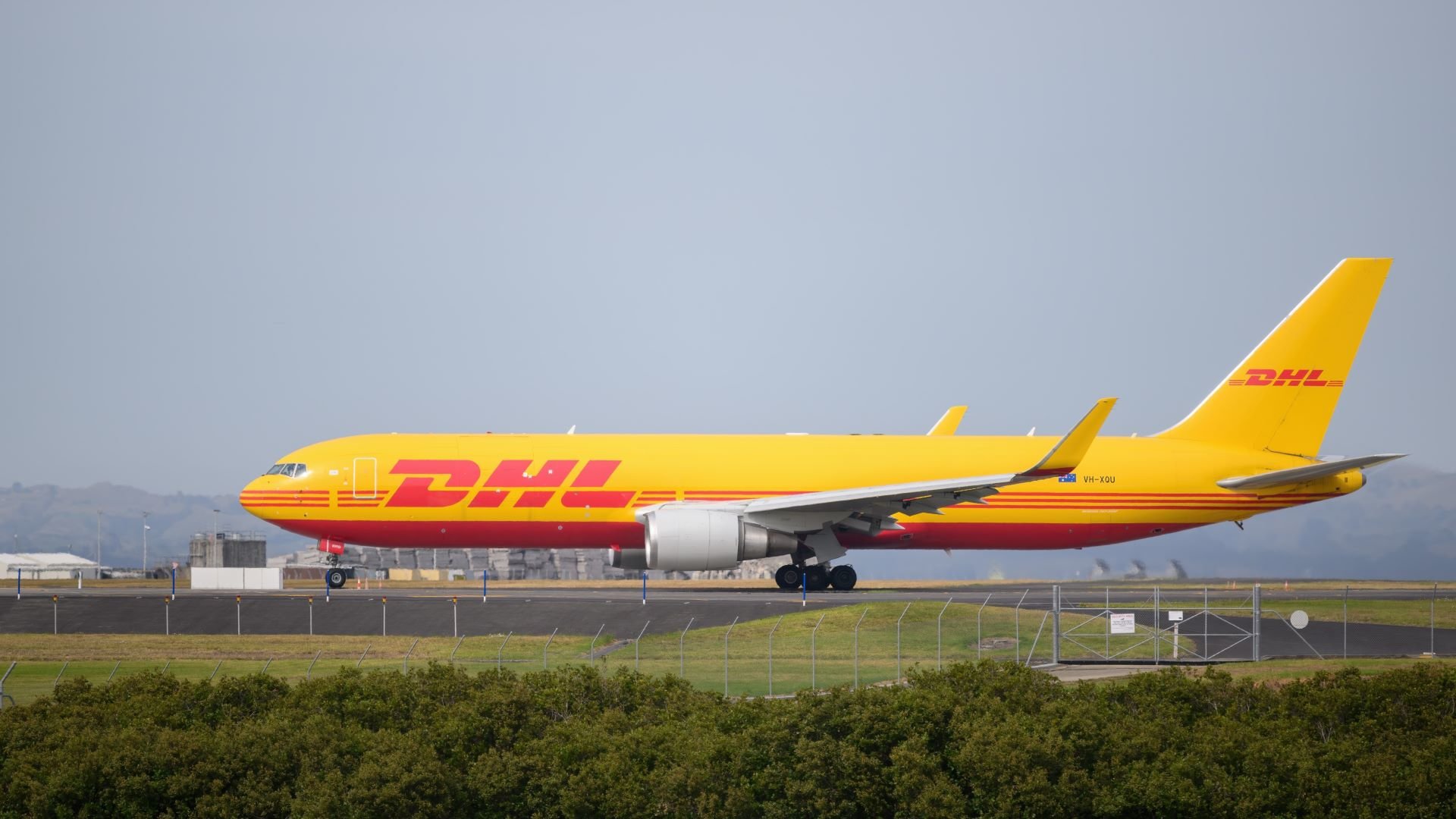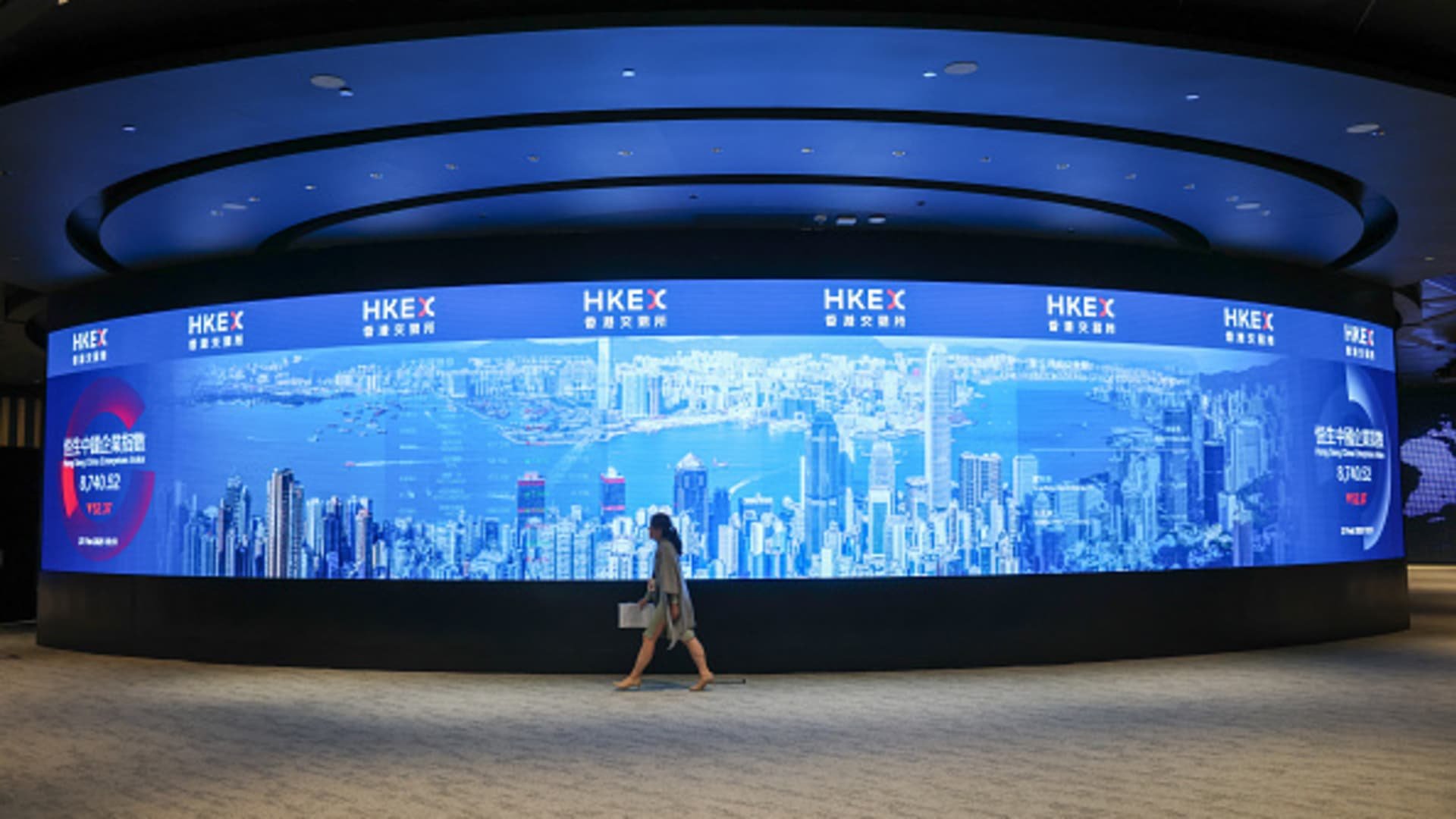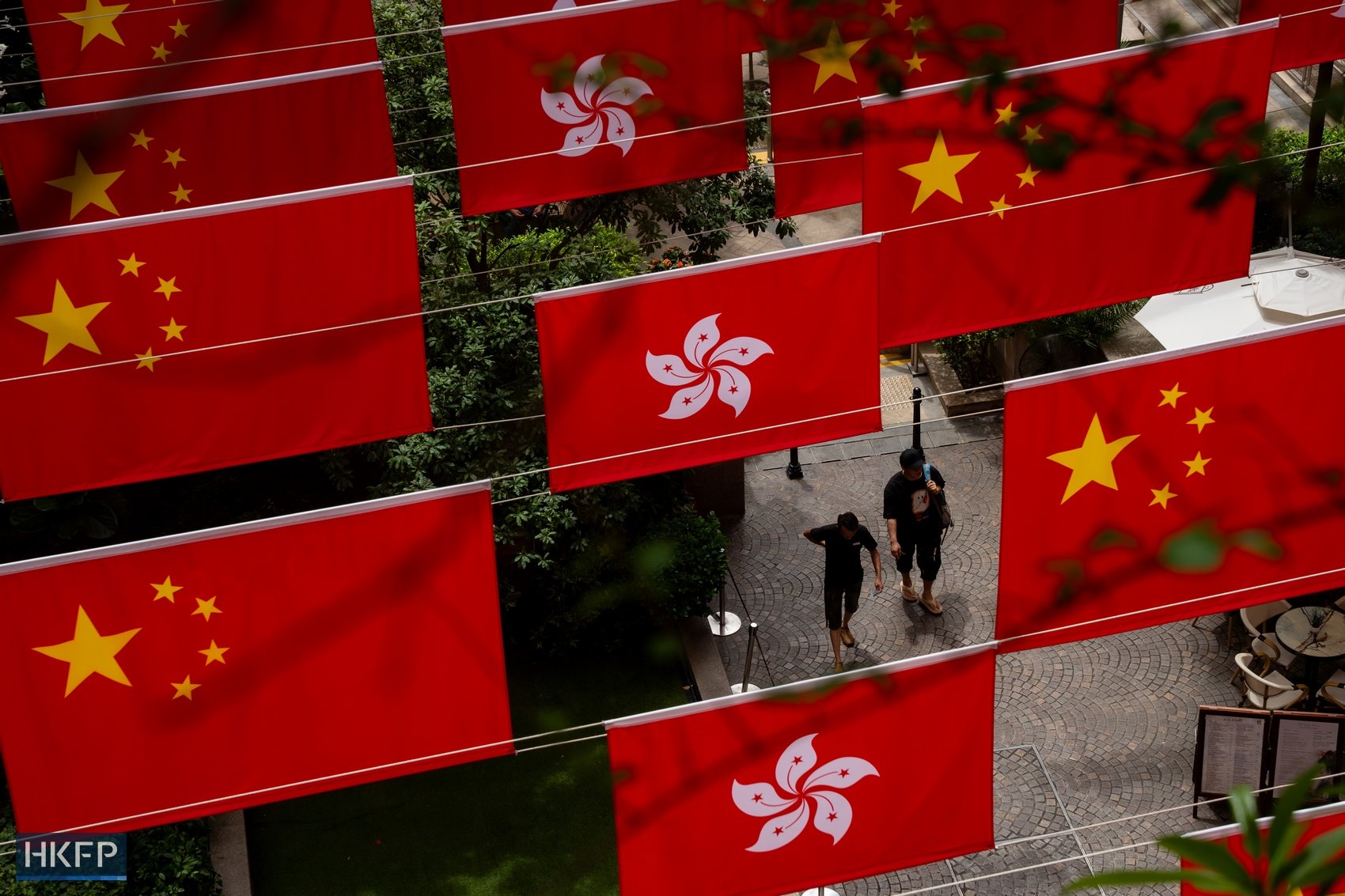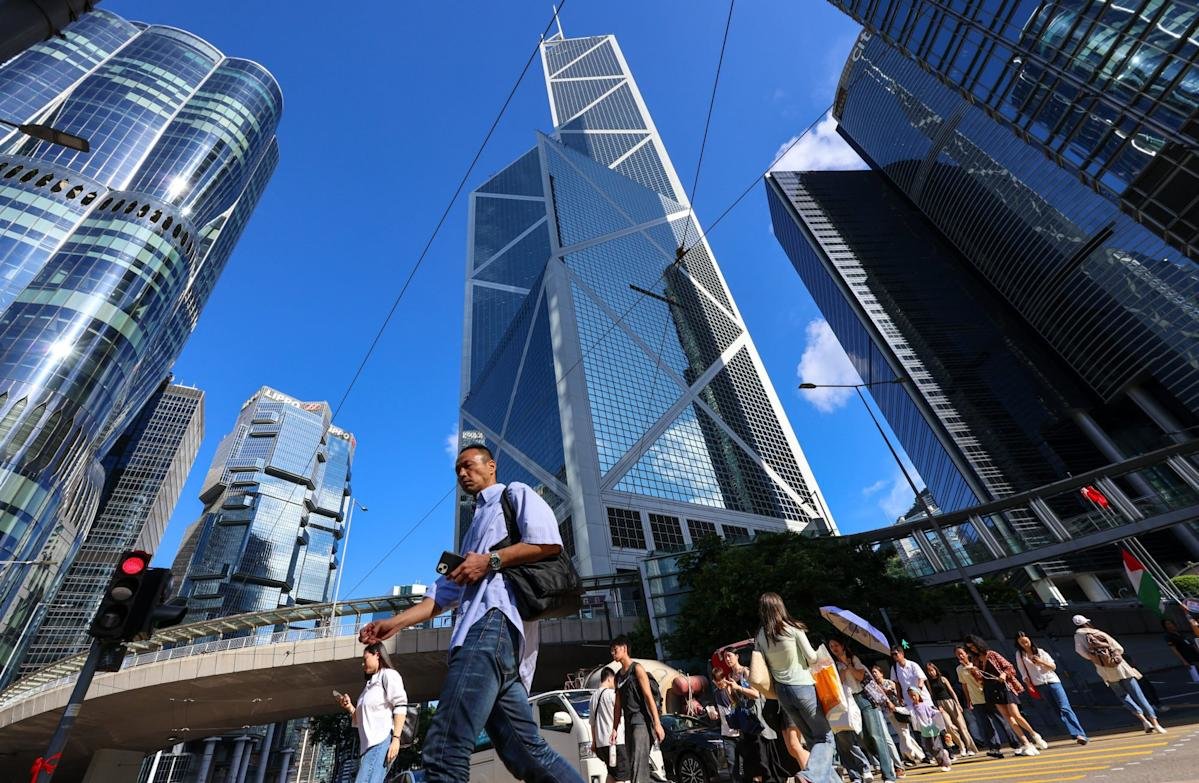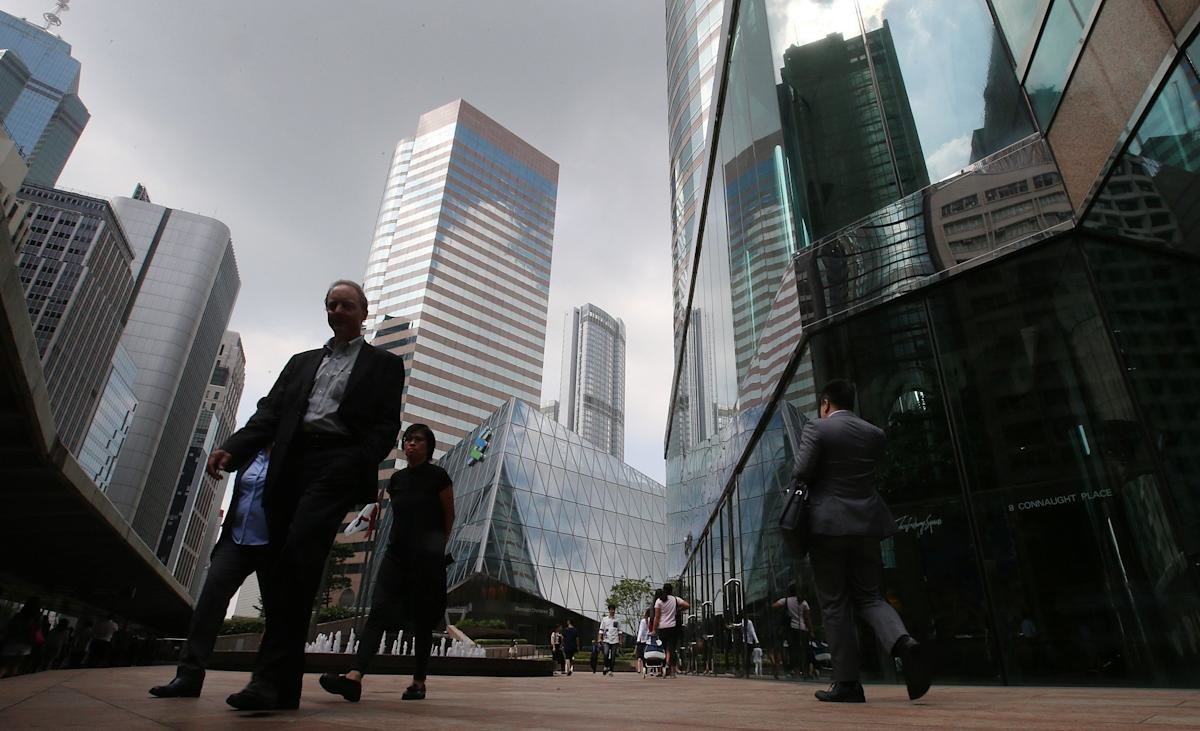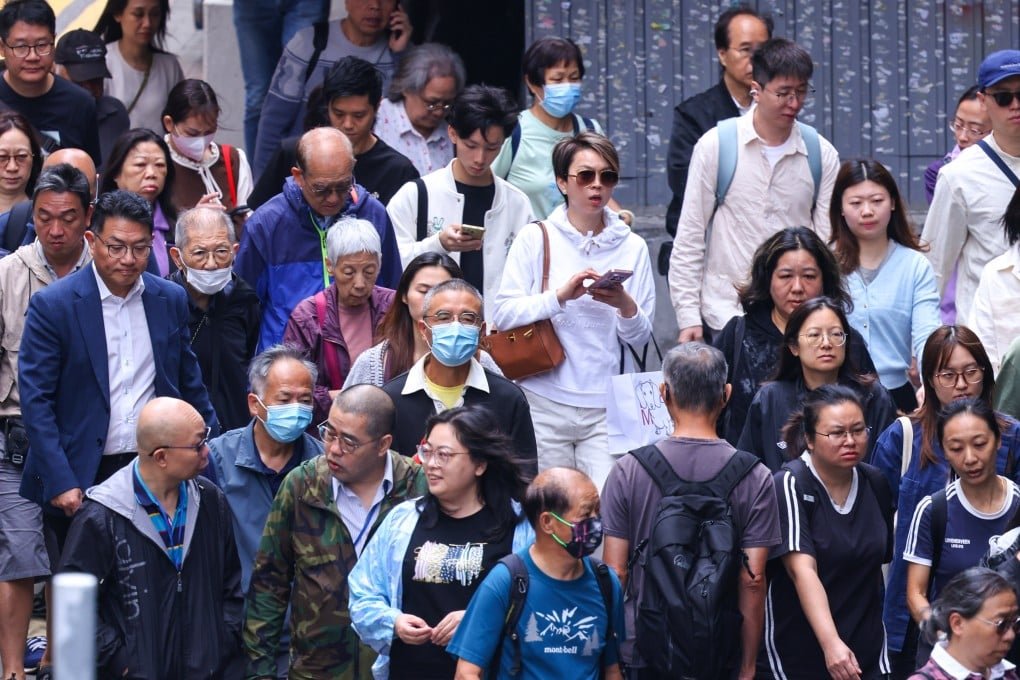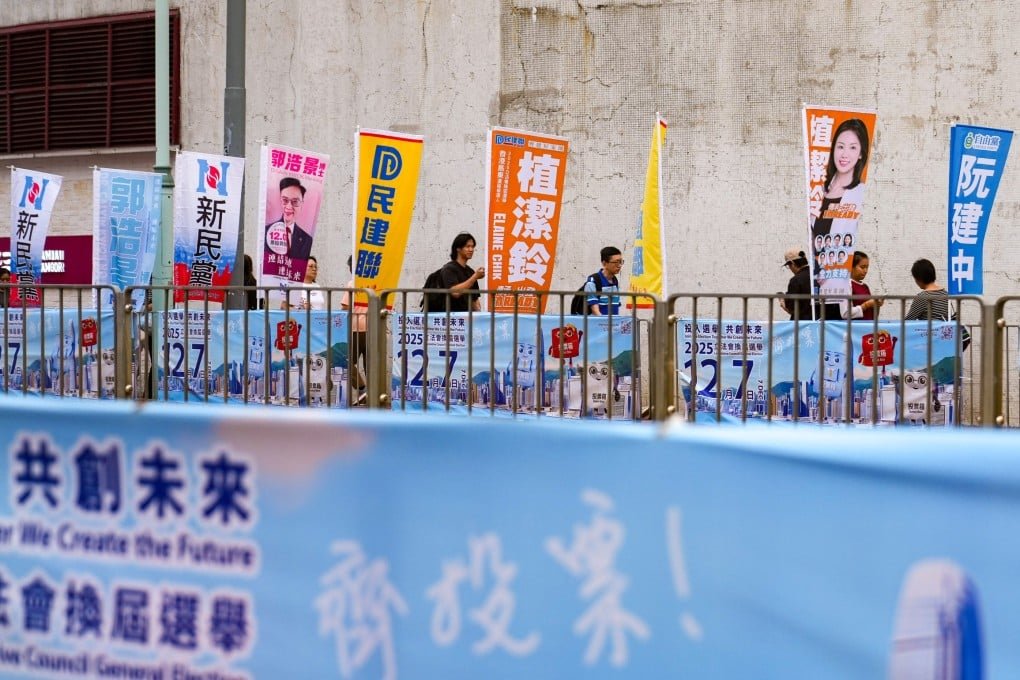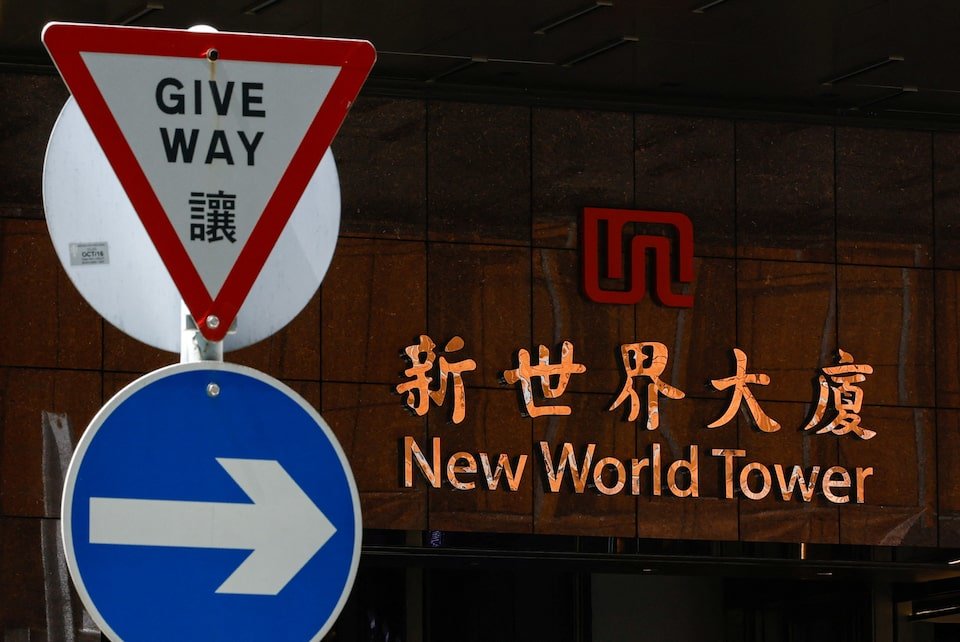China responded with travel advisories and mass-refund offers.
Chinese tourists account for around a quarter of all foreign visitors to Japan and are among the highest spenders in the country’s retail and tourism sectors.
Analysts at research firm BMI Research warn that Japan has “limited alternatives” to replace them in the near term, particularly affecting duty-free stores, major department stores and luxury brands.
Data from travel-industry and aviation-analysis firms show that nearly half a million flight tickets to Japan were cancelled by Chinese travellers between 15 and 17 November alone.
Multiple state-affiliated Chinese airlines offered free cancellations on Japan-bound routes this year.
At the same time, Tokyo-listed tourism and retail stocks plunged: for example, department-store operator Isetan Mitsukoshi saw shares drop more than ten per cent after the warning.
The economic implications are significant.
According to an estimate by Nomura Research Institute, the potential revenue loss from the slump in Chinese tourist arrivals could reach about 2.2 trillion yen (approximately US$14 billion) over the next twelve months and reduce Japan’s gross domestic product by roughly 0.36 per cent.
Japan’s tourism apparatus has built up rapidly post-pandemic with Chinese visitors central to that recovery.
Analysts caution that rebuilding or diversifying inbound tourism will take time and new markets may not match the high-spend profile of Chinese travellers.
Despite outreach by Tokyo—such as dispatching a senior diplomat to Beijing—there has been no reversal of China’s travel advisory.
The impasse underscores the vulnerability of sectors heavily tied to cross-border flows and highlights how geopolitics can swiftly translate into economic disruption.
For now, Japan must navigate both immediate revenue loss and longer-term strategy to reshape its tourism base and reduce dependence on a single source market.









